Brown Leghorn: Temperament, Eggs, and More
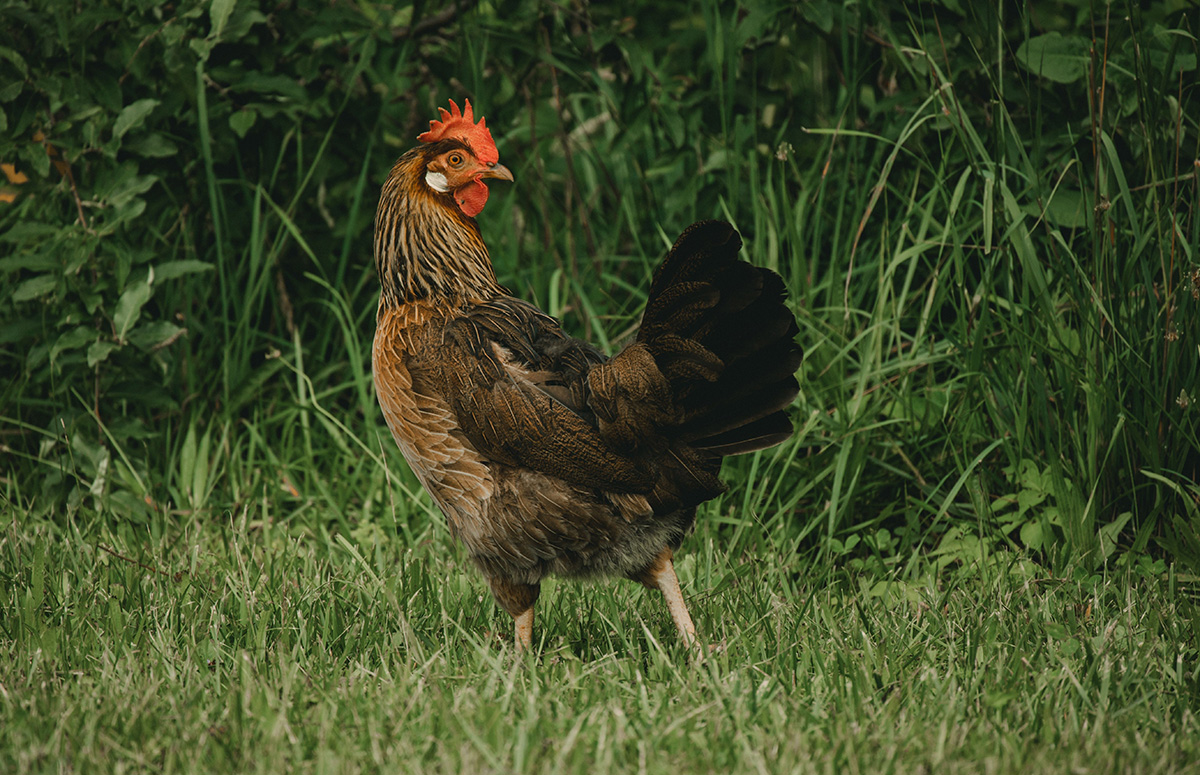
The Brown Leghorn is the colorful nephew of the White Leghorn. It’s not just a show line but a perfectly crafted breed with many interesting characteristics.
Let’s have a closer look at the Brown Leghorn:
- Brown leghorns lay up to 300 eggs per year
- A Mediterranean chicken breed that originates in Italy
- They are beginner-friendly and easy to take care of
- Not likely to go broody
| Eggs | Up to 300 eggs per year |
| Egg Color | White |
| Egg Size | Large |
| Weight | 4.5 – 6 lbs |
| Hardiness | Cold and heat |
| Temperament | Docile, low in maintenance |
| Beginner-friendly | Yes |
| Color | Olive-brown to mahogany |
- Brown Leghorn Chickens
- Brown Leghorn vs. White Leghorn
- Characteristics of the Brown Leghorn
- Brown Leghorn Egg Production
- History of the Brown Leghorn
- Brown Leghorn Varieties
Brown Leghorn Chickens
Brown Leghorns are a variety of brown-colored Leghorns. They are lightweight, long-tailed birds and excellent egg-layers that can lay up to 300 white eggs annually.
If you want breeds to enlarge your flock, they are an excellent alternative for White Leghorns if you like some color in your flock.
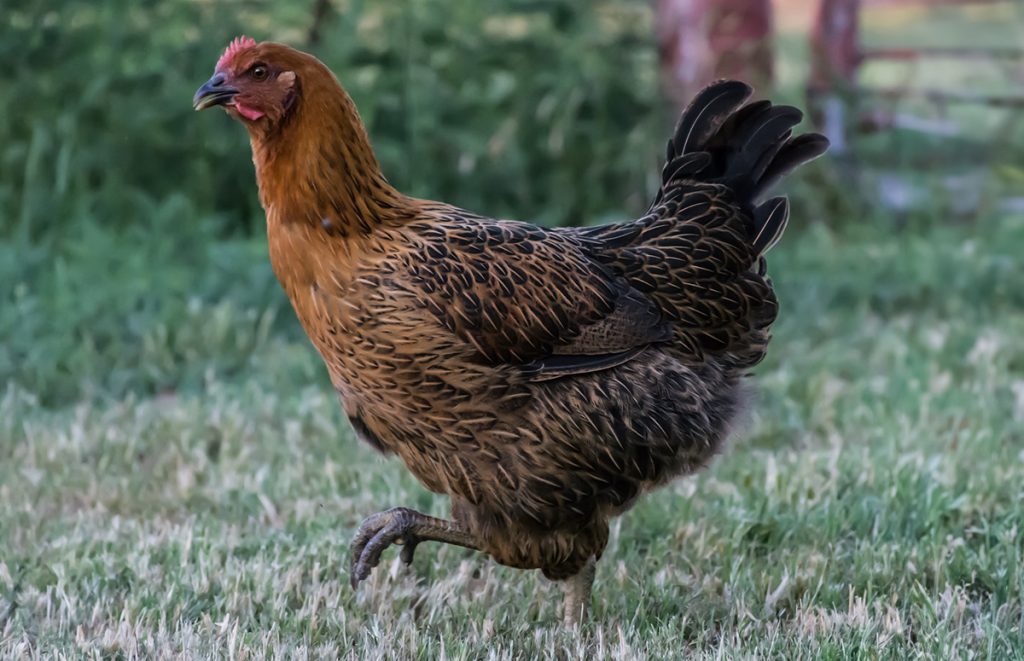
The brown Leghorn is a Mediterranean chicken that originates from Italy. They come both in standard and Bantam types. Selective breeding for over 140 years has resulted in beautiful, high-quality birds. Brown Leghorns are both kept in a chicken coop as well as free-range.
Brown Leghorns are lightly built but sturdy. They can move swiftly and fly away from predators, but at the same time, they have a strong frame that can withstand the impact of year-round laying.
Brown Leghorn vs. White Leghorn
The brown Leghorn is primarily a color variant of the Leghorn, just like the white Leghorn. And just like white Leghorns, the brown Leghorns have been known to lay extraordinarily well. Any color of Leghorn will provide you with multiple eggs.
Hatcheries prefer white leghorns for their egg production of white eggs sold in stores and used in restaurants. While the brown Leghorns hens might be less attractive to factory farmers, these beautiful birds are a big asset for backyard chicken keepers.
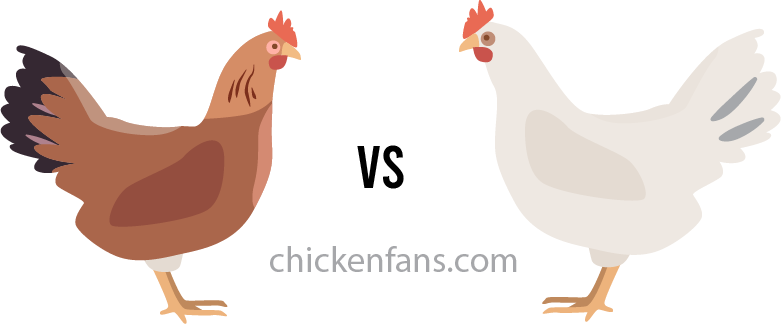
Their colored plumage also provides some protection as it helps them to conceal themselves from predators.
Apart from their color differences, the white Leghorn and brown Leghorns share the same characteristics regarding egg-laying, personality, and meat potential.
Characteristics of the Brown Leghorn
The Brown Leghorn is an active, hardy bird that typically doesn’t consume much food. Leghorns are pretty independent, are generally not considered pet chickens, and don’t like to be picked up.
When free-ranging, the brown Leghorn will roam far to procure their food during the day. They are early birds, but they are usually also late to return to the coop in the evening.
They are proficient flyers. When you keep them fenced in a chicken run, clip their wings. If not clipped, the fence needs to be quite high to prevent them from escaping.
Brown Leghorn Egg Production
The brown Leghorn is an excellent egg layer that lays large to extra-large white eggs. They can produce up to 300 eggs per year.
The hens have been known to lay well into old age. Even on forage alone, they will retain a high yield.
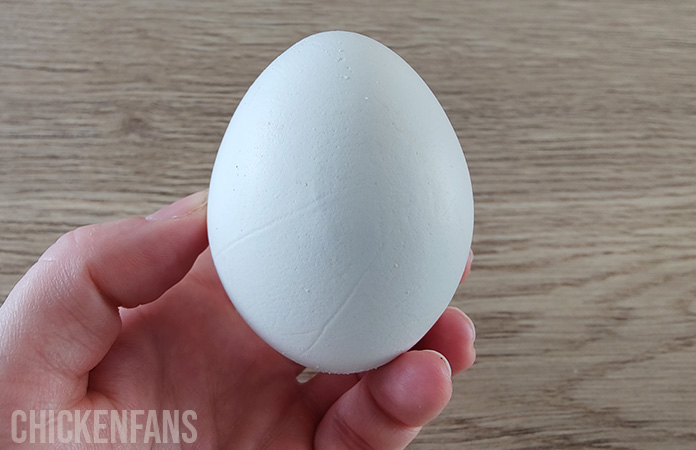
History of the Brown Leghorn
The Leghorn was bred initially in rural Tuscany. Leghorn is the English word for Livorno, a city on the west coast of Tuscany. In 1853, the chickens were exported from the Livorno port and arrived in Connecticut. There, the Leghorns were called Italians. After arrival, they were bred all over New England. In 1865, they were first called Leghorns in Worcester, Massachusetts.
At that time, Americans were experimenting with different breeds worldwide to improve their domestic chicken breeds. The Mediterranean breeds were trendy because of their extraordinary egg-laying performance. At that time, the Leghorn, the Minorca, and the Ancona were in high demand as they could lay white eggs all year round.
People didn’t only keep chickens just for eggs but also for meat. Although the Leghorn is a lightweight breed, they grow quickly and provide quality meat for diners.

The Pullman Company, a manufacturer of railroad cars in the late 19th century, served dining car services on some trains. They only served brown Leghorns in their dining cars.
Introduction of the Brown Leghorn Standards
To ensure the Leghorn’s purity, breeders set up some standards in 1871. These rules were used in poultry shows, where chickens could be judged against the accepted norms. In 1874, the American Poultry Association added them to the Standard of Perfection. In parallel, there were many egg-laying contests. People were vigorously trying to select the best breed. Some brown Leghorns competed in both competitions and could hold their own.
In 1920, a brown Leghorn line won the Great American Egg Laying Contest. The strain was an offspring from show birds that had won Best Display contests at Madison Square Garden. They won three years in a row at the nation’s biggest poultry show. Those strains became the original lines of today’s brown Leghorns.
Around the century, the breeders preferred dark, wine-colored cockerels and light-brown, olive pullets. This duality resulted in two different brown Leghorn varieties:
- Dark Brown Leghorns: covered with a deep shade of mahogany, fiery dark red, and lustrous greenish black.
- Light Brown Leghorns: hens are covered with a warm olive-brown color over the back and a breast of rich salmon. Roosters are a mixture of orange, bright red, and greenish black.
The hens of both the light and dark brown Leghorns should be subtly stippled. The roosters should be highly glossy. The varieties were further split between single combs and those with rose combs.
Brown Leghorn Varieties
There are a couple of brown Leghorn varieties. They differ based on the following characteristics:
- Single Comb vs. Rose Comb: some brown Leghorns have a single comb, while others have a rose comb
- Dark vs. Light: dark brown Leghorns have a deep shade of mahogany and lustrous greenish black, whereas light brown Leghorns are covered with a warm olive-brown color over the back and a breast of rich salmon
- Regular vs. Bantam: the brown Leghorn comes in normal size as well as in Bantam size
Based on these characteristics, the American Brown Leghorn Club (ABLC) describes eight varieties:
- Single Comb Dark Brown Large Fowl
- Single Comb Light Brown Large Fowl
- Rose Comb Dark Brown Large Fowl
- Rose Comb Light Brown Large Fowl
- Single Comb Dark Brown Bantam
- Single Comb Light Brown Bantam
- Rose Comb Dark Brown Bantam
- Rose Comb Light Brown Bantam
The brown Leghorn coloration generally resembles the red jungle fowl, the domestic chicken’s wild ancestor.
Brown Leghorn Bantams
The four types of brown Leghorns all exist in miniature form as bantam versions. They are as cold-hardy and vigorous as their larger brothers.
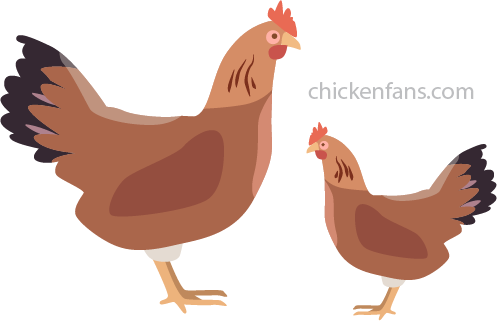
Their eggs are smaller: three bantam eggs roughly correspond to two large fowl eggs. The smaller size combined with the thriftiness interests many backyard chicken enthusiasts.
Summary
The brown Leghorn is a variety of the Leghorn that is a colorful alternative to the white Leghorn. It’s an asset for any backyard chicken keeper. The Mediterranian breed originates in Italy, and selective breeding resulted in birds that can lay up to 300 eggs per year.
The brown Leghorn comes in multiple varieties, with light and dark colors and single combs and rose combs. Brown Leghorns exist in standard and bantam sizes.
To learn more about chicken breeds, check out our ‘Chicken Breeds Page‘ to see every specific breed we address. Or go to our listicle breed summary on ‘The Classroom‘, or, if you’re unsure where to start, take a look at our ‘Chicken Breeds: Ultimate Beginners Guide‘.
If you’re interested in the best and most beginner-friendly brown-colored chickens, take a look at ‘Top 15 Brown Chicken Breeds: All Beginner-Friendly‘.






















